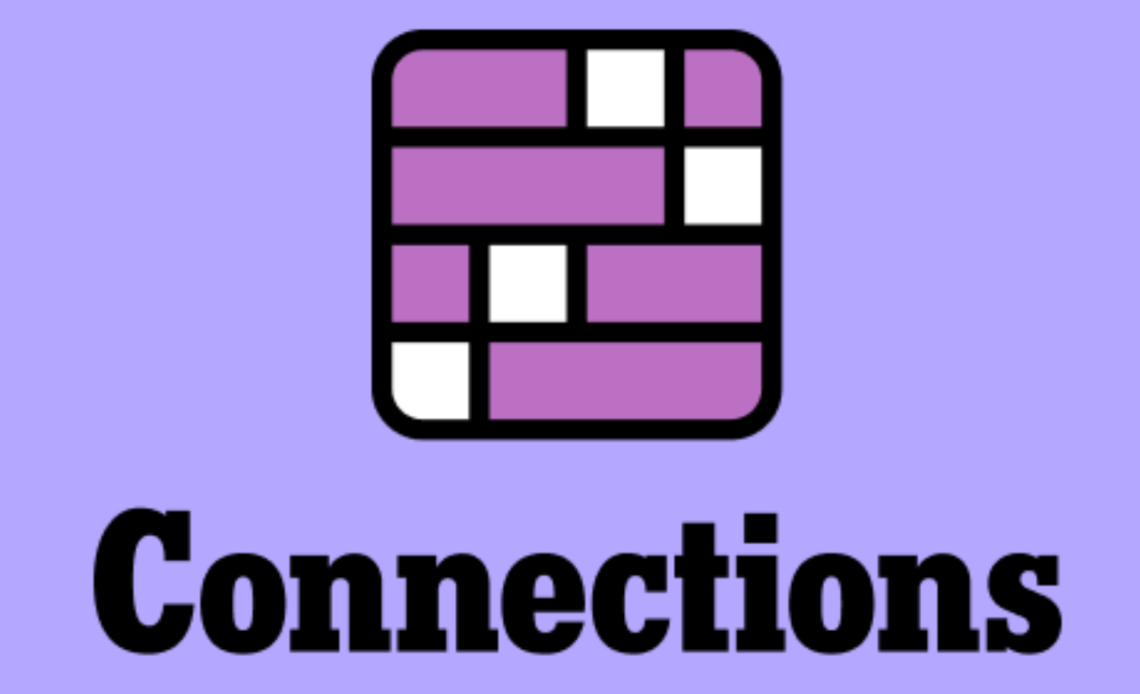Clues that make connections are crucial resources for improving understanding and remembering knowledge. They aid in the coherent and meaningful linking of ideas, concepts, and occurrences. The ability to identify and make use of connecting hints can greatly enhance our cognitive capacities and scholastic achievement, whether it is in reading, writing, or problem-solving. This article examines the significance of connecting hints, their various varieties, and useful applications. We’ll also cover frequently asked questions about this subject.
Connections Clues: What Are They?
Connections cues are suggestions or signals that assist people in comprehending the relationships between various bits of information. They are essential for critical thinking, writing coherence, and reading comprehension. One can more effectively comprehend the context, deduce meanings, and reach logical conclusions by recognizing these hints.
The Value of Connections Hints
In many facets of learning and communication, connections hints are essential. Here are some reasons why they are important:
Boost Comprehension: By making connections between concepts, they assist readers in understanding the overall meaning of a work.
Enhance Retention: It is simpler to retain and recall specifics when one is aware of the connections between knowledge.
Facilitate Critical Thinking: Finding links between ideas helps with information analysis and the development of well-rounded arguments.
Assistance with Writing: They enable authors to produce texts that are cohesive and logical, resulting in more impactful and captivating writing.
Connection Types Clues Connections Clues fall into various categories according to how they are used and what they are used for. These are a few typical kinds:
Transitional Expressions and Terms
Sentences and paragraphs are easily connected through the use of transitional words and phrases. They use terms like “however,” “therefore,” “moreover,” “consequently,” and “for instance” to show how ideas relate to one another.
Antonyms & Synonyms
By contrasting or comparing concepts, synonyms (words with similar meanings) and antonyms (words with opposite meanings) aid readers in understanding the context. For instance, “joyful” and “happy” are synonyms, whereas “happy” and “sad” are antonyms.
Hints for Cause and Effect
These hints point to a causal link between the occurrences, with one leading to the other. Phrases that indicate cause and effect interactions include “because,” “since,” “therefore,” “as a result,” and “due to”.
Contrast and Comparison Hints
These hints draw attention to the parallels and discrepancies across ideas. Usage of terms like “similarly,” “likewise,” “in contrast,” “however,” and “on the other hand” is widespread.
Contextual Clues
Contextual cues are hints that can be found in the text around a term or concept to help explain its meaning. Definitions, justifications, illustrations, and restatements are all included.
How to Make the Most of Connections Clues
Using connecting cues efficiently demands practice and attentiveness. The following tactics will assist you in maximizing these hints:
Keep an eye out for transitional terms
Underline or highlight words and sentences that transition as you read. This will help you understand the flow of ideas and how they are connected.
Seek out antonyms and synonyms
Find synonyms and antonyms in the text to better comprehend the author’s meaning and the connections between ideas.
Determine the Cause-Effect Chain
Look for terms that describe what happens and why. You can more easily follow the rational development of concepts and events if you are aware of these relationships.
Make a Contrast and Comparison
Take note of terms that convey contrast and comparison. This will improve your comprehension by enabling you to recognize similarities and differences between ideas.
Employ Contextual Hints
When you come across new terms or ideas, try to deduce their definitions from the surrounding material. Look for the author’s definitions, justifications, and examples.
Consistent Practice
Your capacity to identify and use connecting clues will increase with regular practice. Take part in exercises that involve reading comprehension, writing, and critical thinking.
FAQs regarding Connections Hints
What kind of hints are connections?
Connections clues are cues or indicators that aid in making connections between ideas, concepts, and events, improving knowledge retention and comprehension.
Why are hints about links significant?
By creating meaningful connections between concepts, they enhance reading comprehension, information retention, critical thinking, and writing coherence.
Which kinds of connected clues are common?
Common varieties include cause-and-effect cues, comparison-and-contrast cues, synonyms and antonyms, transitional words and phrases, and contextual cues.
How can I read more effectively using connecting clues?
Take note of transitional terms, search for synonyms and antonyms, determine causality, contrast and compare concepts, and make use of contextual cues.
Are connectivity hints useful when writing?
They can, in fact. Writing becomes more efficient and interesting when connections are used to produce texts that are cohesive and logical.
How can I get better at spotting links in clues?
Engage in regular practice with critical thinking tasks, writing activities, and reading comprehension exercises. Observe closely the connections between concepts in various texts.
Conclusion
Connections hints are useful resources that improve our comprehension, memorization, and effective communication of knowledge. We may enhance our writing, critical thinking, and reading comprehension skills by identifying and using these hints. You can improve your reading and writing skills by learning the many kinds of connecting cues and practicing how to use them. Recall that deliberate observation of the connections between ideas in any text and consistent practice are the keys to grasping connections hints.


